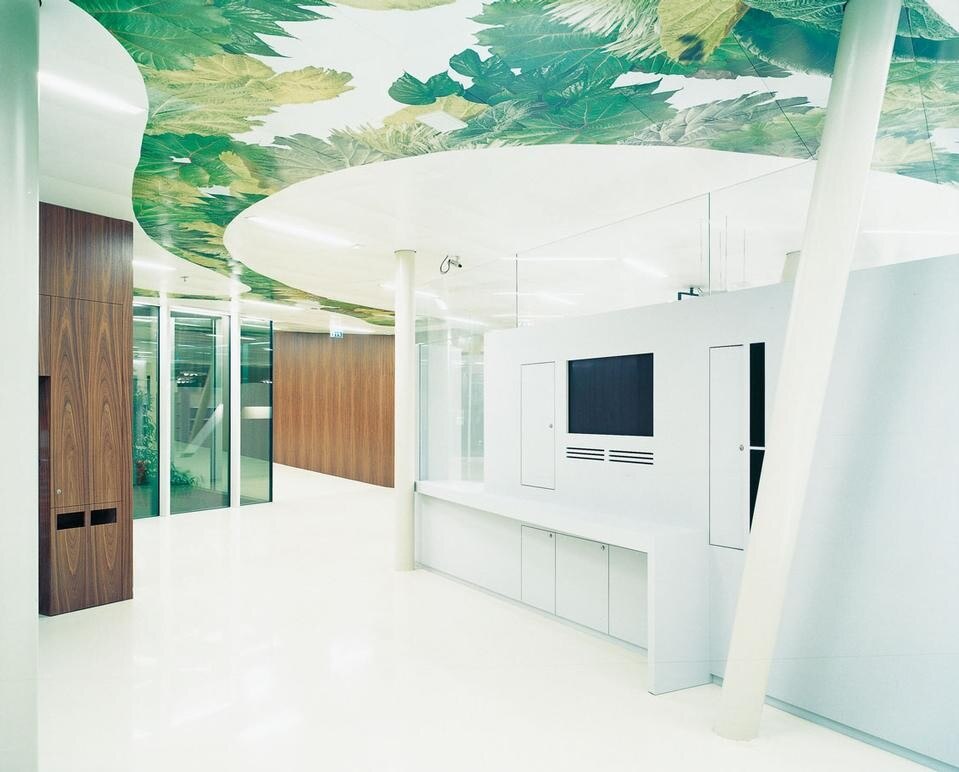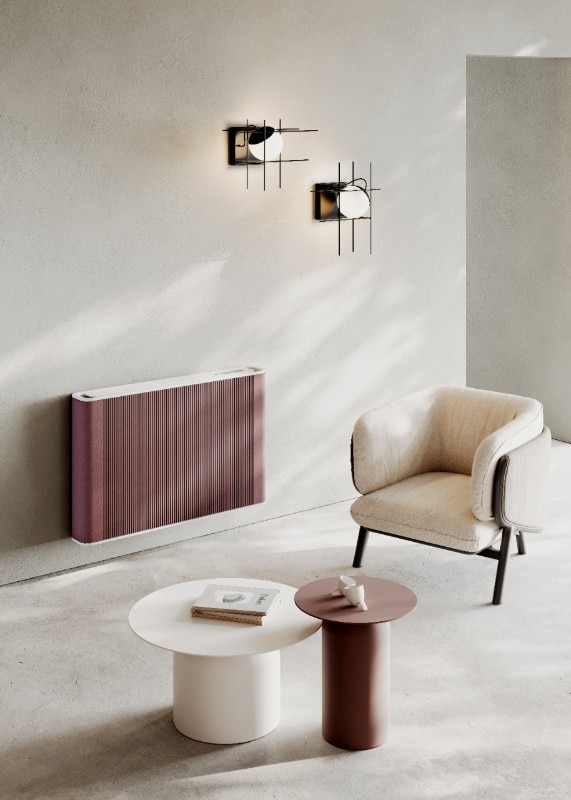On the upper platform of the car-park, Merano-based architect Georg Mitterhofer and S.O.F.A. Architekten, winners of a limited competition, designed a low entrance pavilion. The architects came up with a transparent building that could be looked right through, that harmonises beautifully with the closed nature of the stone castle. The building extends lengthwise, perpendicular to the contours of the slope and ends at the top at the level of the terraces of the car-park. The enclosed rear of the west facade anchors the building to the ground while the remaining, larger, part seems to detach itself, restrained only by oblique columns set towards the inside. Sitting taut between the two slender sheets of the slabs, the walls, almost all in glass, blur the confines between inside and outside. The solid areas of the facade are clad in Brazilian granite, the red of which was chosen to as an accent to echo the flowering plants in the surrounding gardens.
The entrance, to the north, leads to a U-shaped building that is planned around a small light-filled atrium, with a small bamboo forest that starts the route to the gardens. Gently sloping ramps lead the visitor to the entrance building and above the bridge a ceiling strip runs along the route, featuring a pattern of green leaves conceived by Viennese artist Doris Krüger. The necessary functional areas are located inside the building as elements of furniture: the cash desk, toilets and rest areas are inserted in wooden boxes while the museum shop is surrounded in an autonomous fashion by silvery laminated sheets. The colours inside the building are also bright and playful, preparing the visitor for a walk around the garden.
Centro visitatori Castel Trauttmansdorff, Merano
Architects: Georg Mitterhofer, S.O.F.A. architekten (Kurt Rauch, Rita Pirpamer, Andreas Grasser)
Client: Provincia Autonoma di Bolzano
Completion: 2004
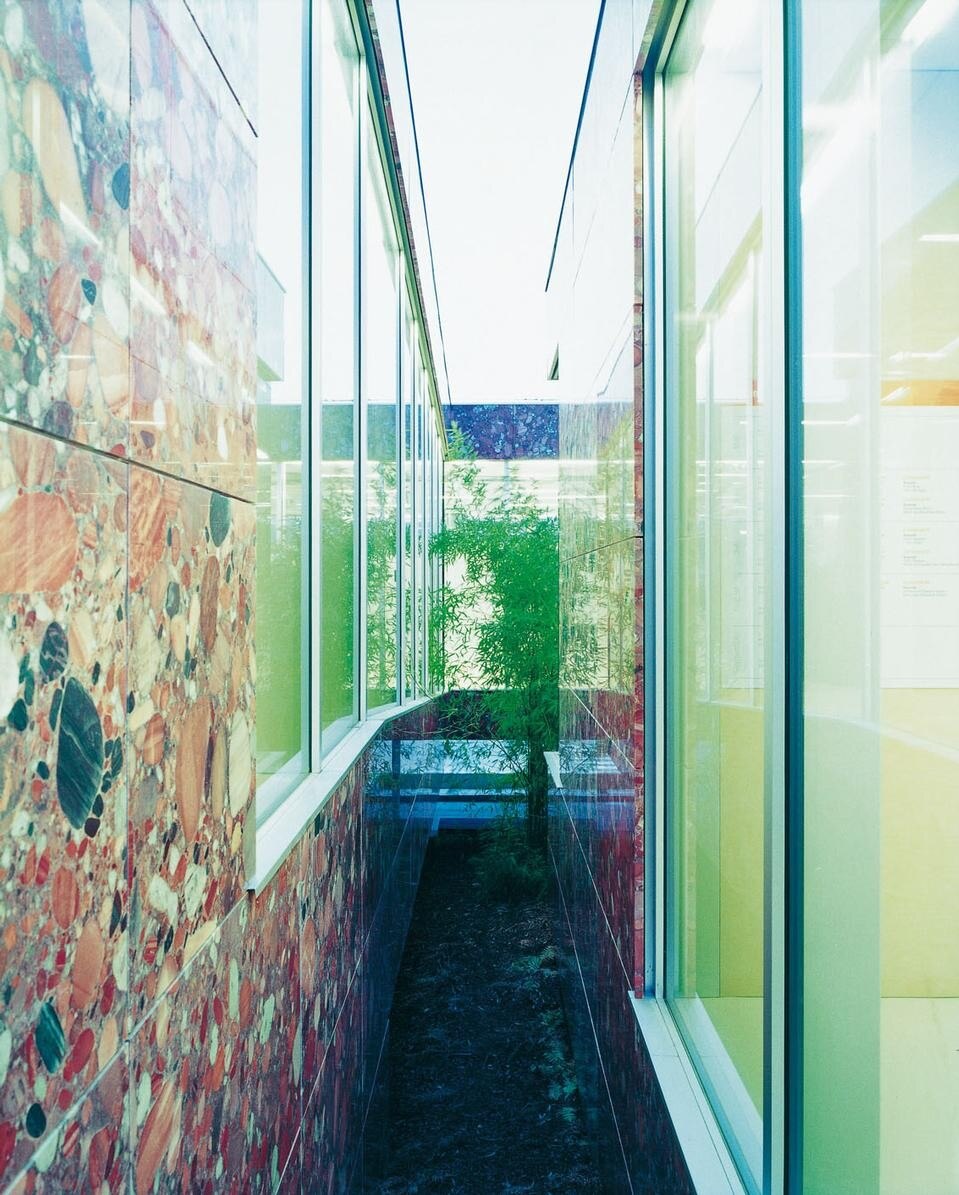
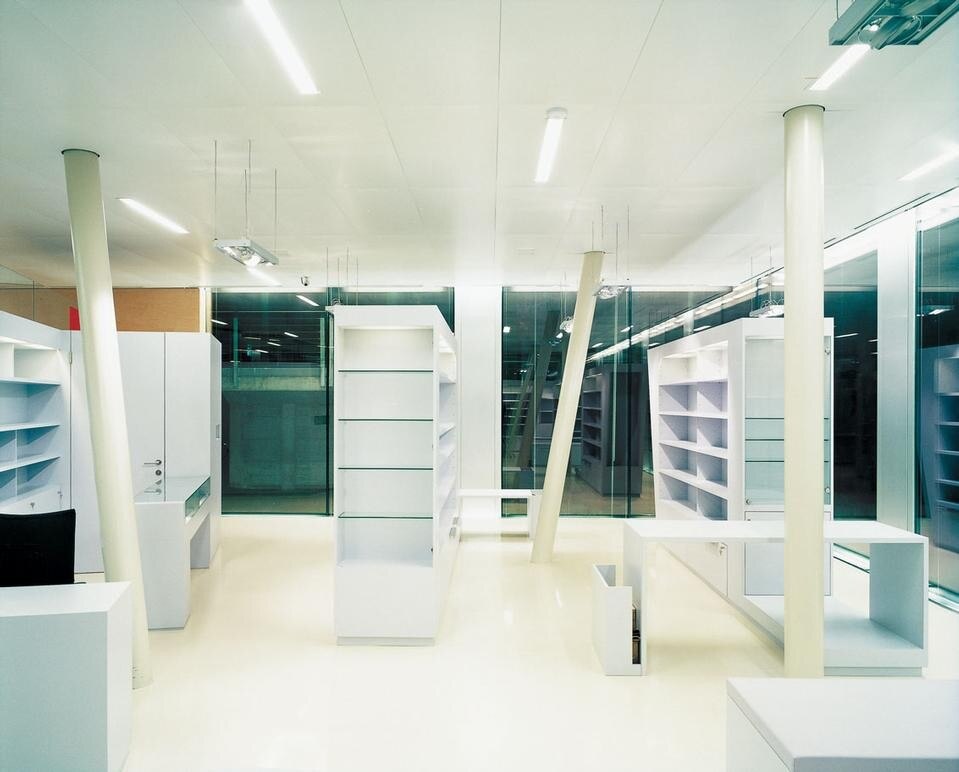
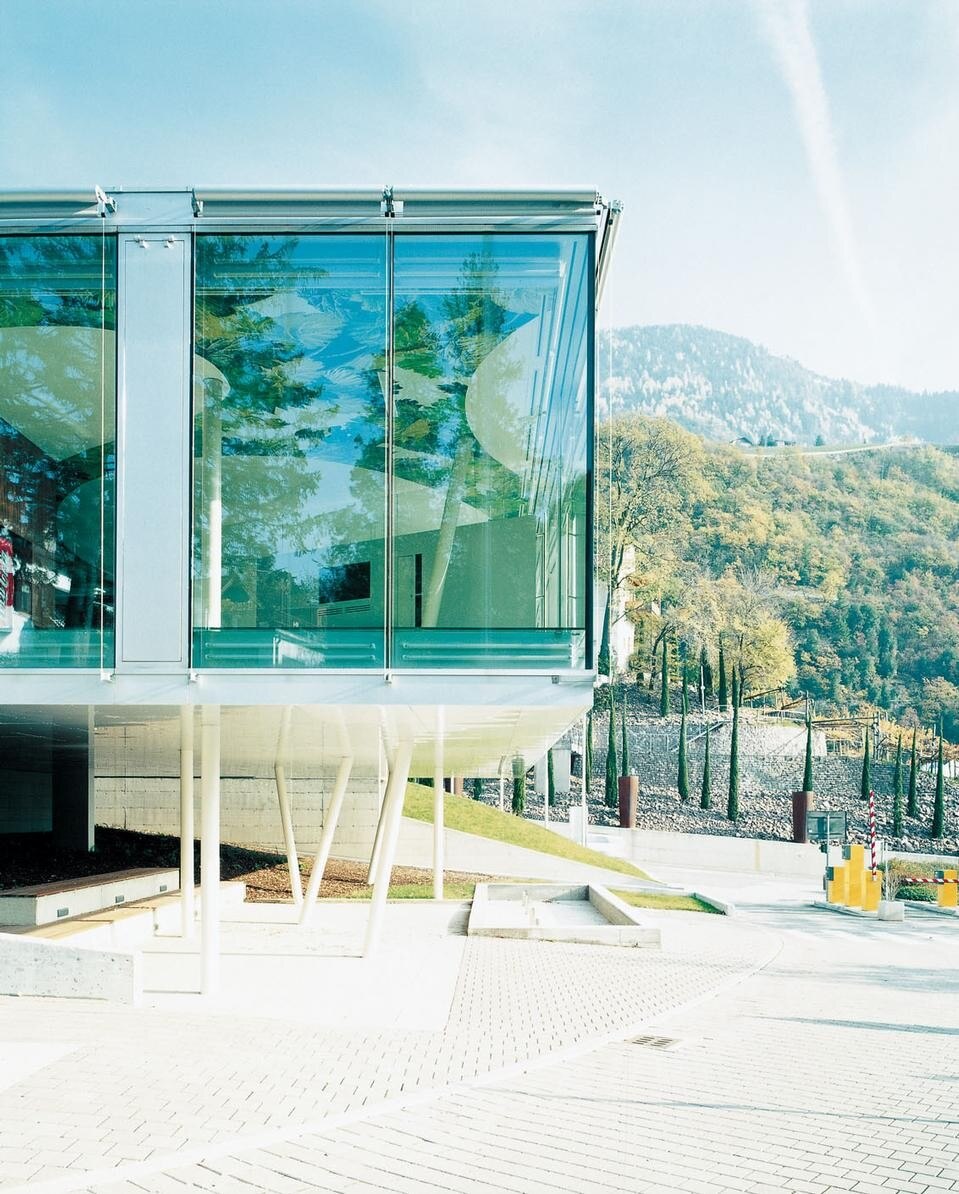
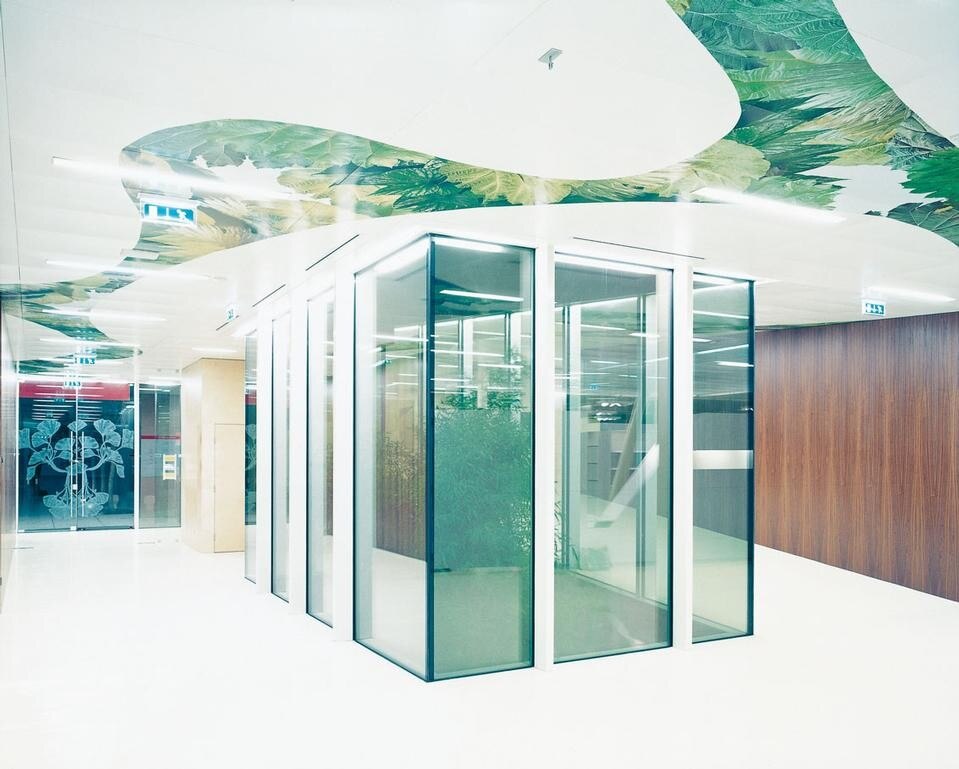
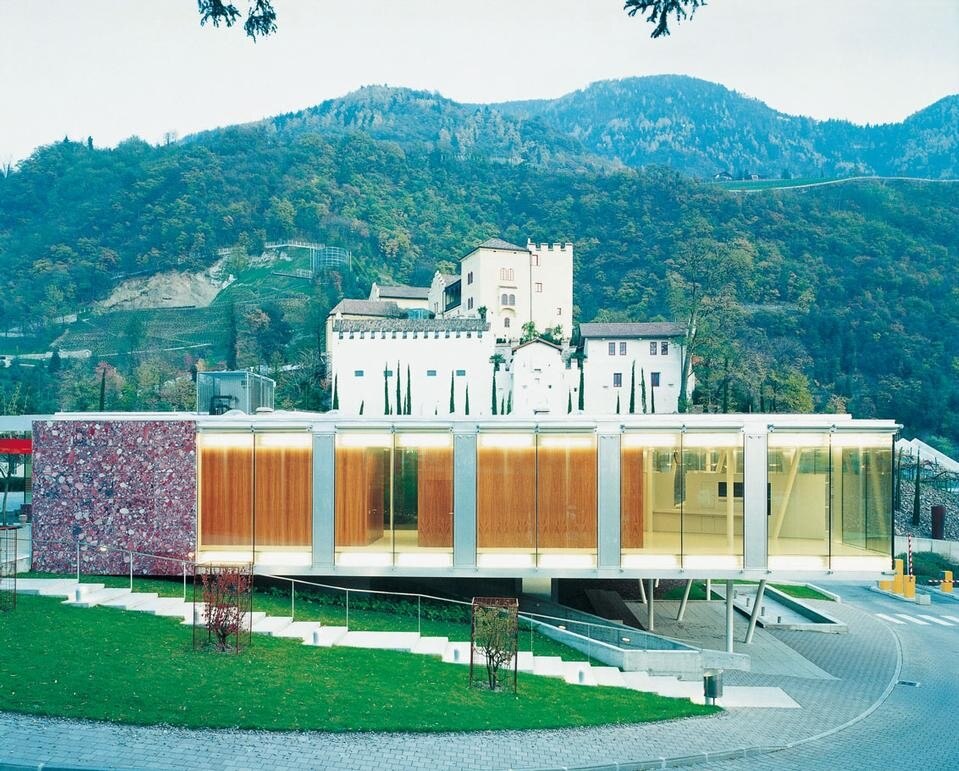

Do you know how a food disposer works?
60% of American kitchens have one, and food waste disposers are becoming increasingly popular in Italy as well. But what exactly are they, and how do they work?


